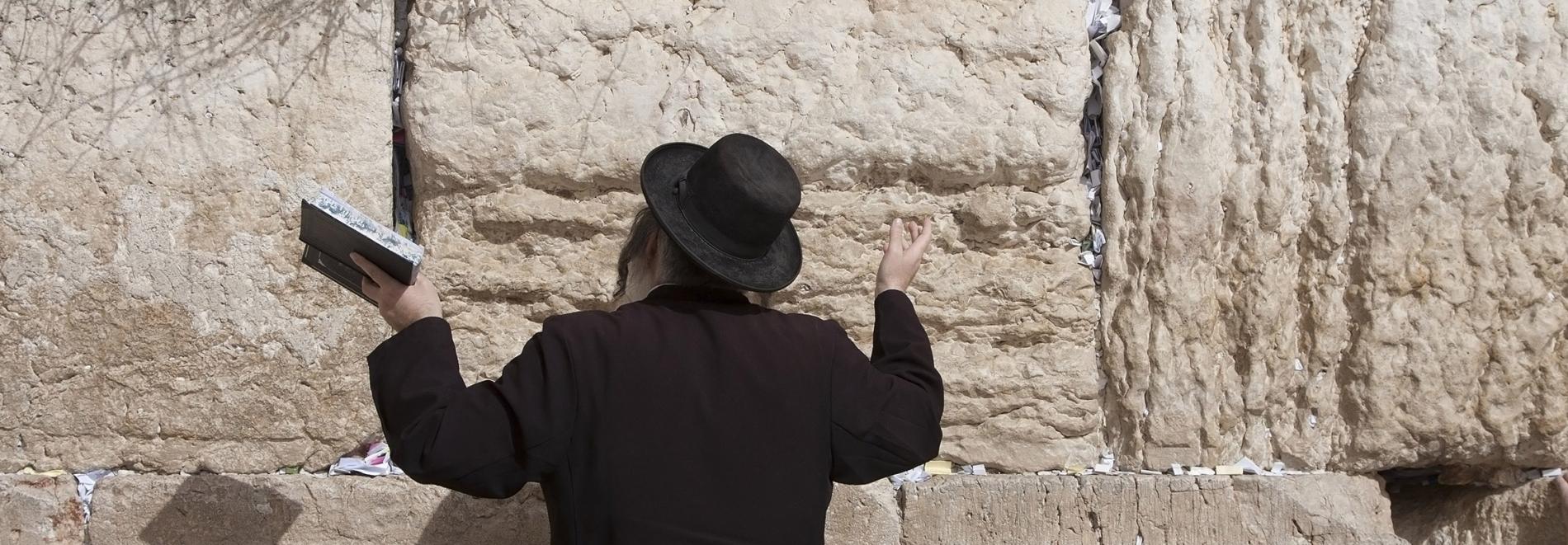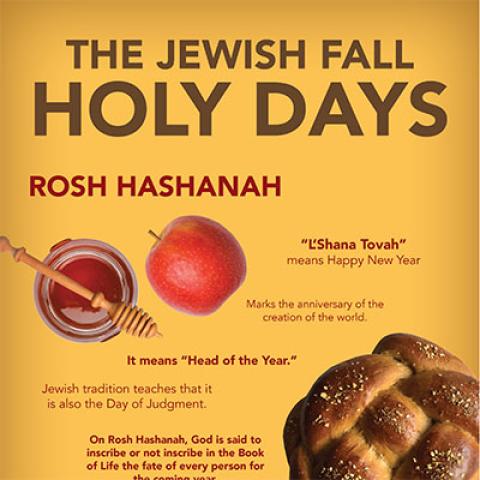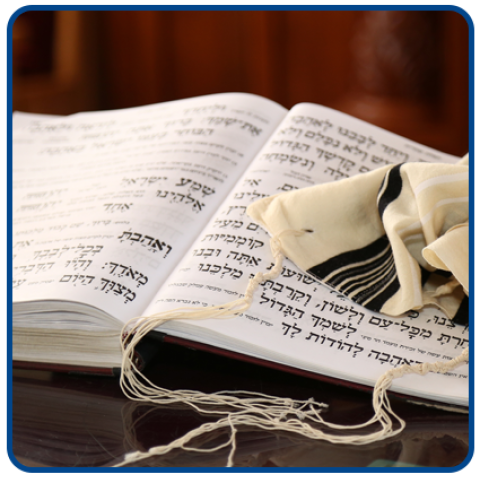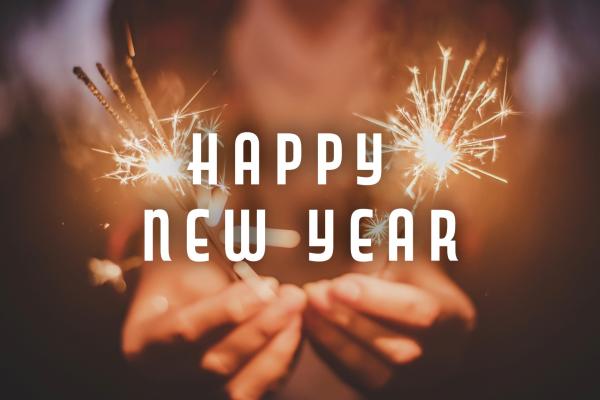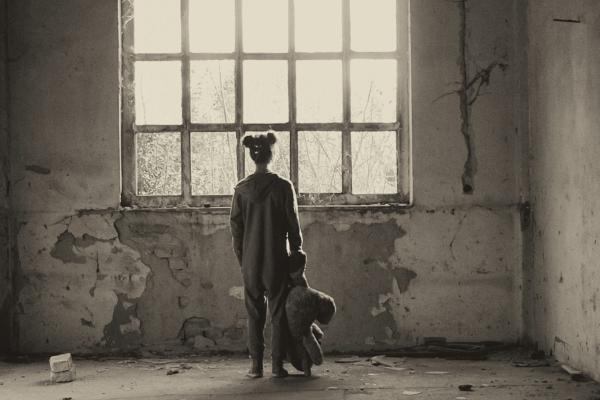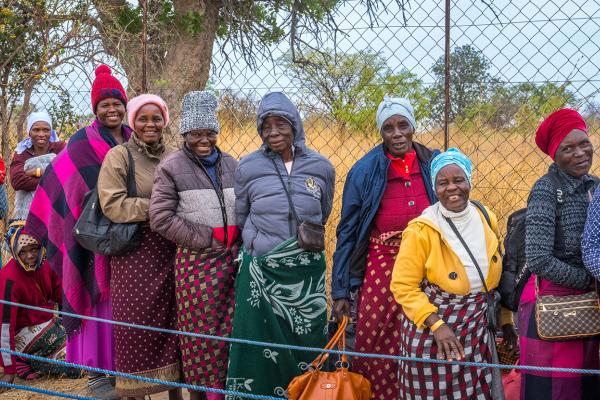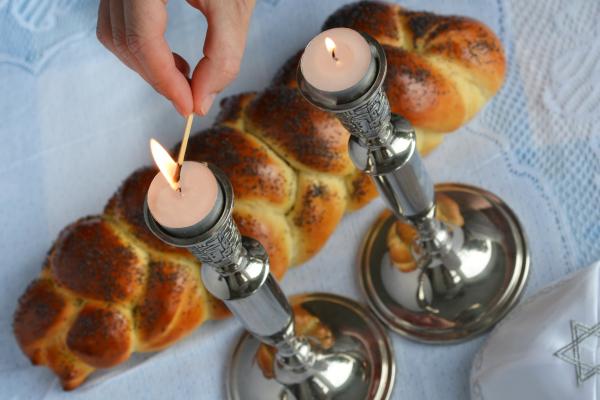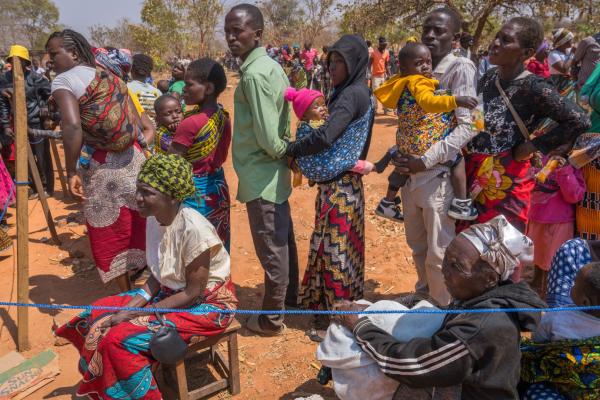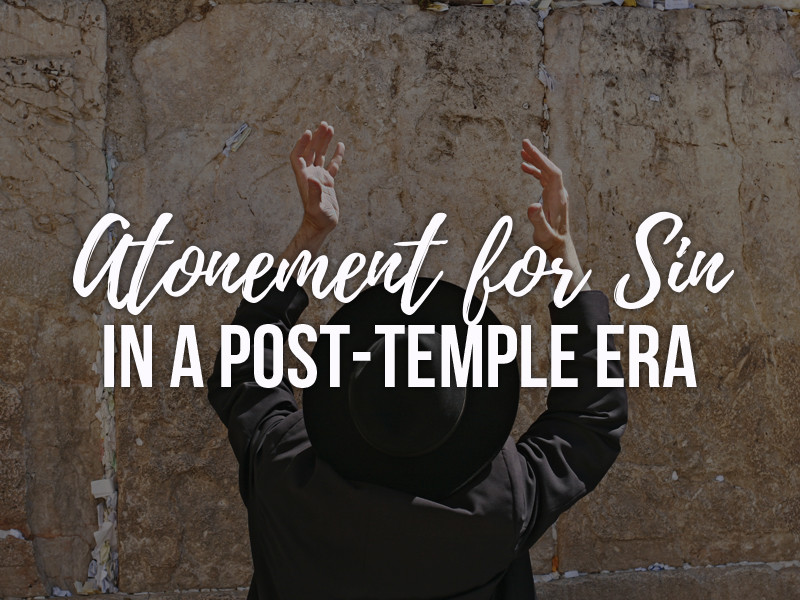
Yom Kippur (YOM kih-POUR), or the Day of Atonement, is the holiest day of the Jewish year. It is the day when, in Israel’s history, the entire year’s sins were forgiven and removed making the way for reconciliation with the holy God.
The Hebrew Scriptures provide instructions for the Day of Atonement in Leviticus chapters 16 and 23 as well as Numbers chapter 29.
Most of the priest’s duties for the day centered on the Temple where he offered sacrifices, burned incense and, on this one day alone each year, brought the blood of sacrifices into the Holy of Holies before the very presence of God.
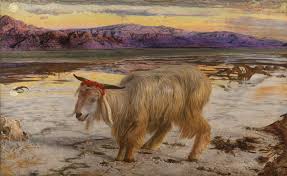
He also ceremoniously laid – via confession – all Israel’s sin on the head of a male goat chosen by lots. This scapegoat – which is the origin of the term we know – was then led outside the camp into the wilderness, signifying the removal of sin from the people.
For nearly 2,000 years, fully observing the Day of Atonement according to God’s instructions in the Torah has been impossible.
That’s because in 70 A.D., the Second Temple was destroyed. How do God’s chosen people observe the Day of Atonement without a Temple? Without the sacrifices and sprinkling of blood? Over time, Jewish rabbis and sages developed new rituals to retain the meaning and holiness of Yom Kippur.
Today, the focus remains on man’s need of atonement for sin. Jewish tradition teaches that, in the post-Temple age, Jewish people find atonement through confession, repentance and prayer to God and reconciliation among individuals. According to the Rabbis, Yom Kippur is a day when God seals a person’s destiny for the coming year. According to this teaching, on Rosh Hashanah, He decrees His judgment, and people have the opportunity during the following 10 Days of Awe to affect that proclamation before God seals it on the Day of Atonement.
Jewish people observe the holy day according to the Scriptures as they can without the Temple. God set apart this day as one in which to “afflict one’s soul” (Leviticus 16:29), so Jewish people fast from food, drink and various other pleasures and comforts for the 25 hours from just before sunset to just after sunset of Yom Kippur. God also declared it a complete Sabbath rest (Leviticus 16:31), and no work is done. The day is traditionally spent in synagogue where congregational worship includes Torah readings and special prayers and liturgy.
The Holy of Holies was the innermost part of the Temple. It was the place where God’s presence dwelled and where only one man could enter once a year by following detailed instructions. The moment Yeshua (Jesus) died on a tree, some 30 years before the Second Temple’s destruction, the veil in front of the Holy of Holies was torn in two. It was not split from the bottom up as a man might do. It was ripped from above, from top to bottom – as God would do. Why?
The New Covenant explains that Yeshua made complete atonement for us, and now, in likeness to the Temple in Jerusalem, Believers have the Spirit of the Lord dwelling in us.
“Don’t you know that you are God’s temple and that the Ruach Elohim (Spirit of God) dwells among you?” (1 Corinthians 3:16).
“…for God’s temple is holy, and you are that temple” (1 Corinthians 3:17).
With Yeshua’s death, the ultimate atoning sacrifice for sin was made. Yeshua did not have to make atonement for Himself first when He went into the heavenly Holy of Holies, and He brought His own blood before the Mercy Seat. He is the perfect High Priest, intervening and mediating on our behalf to reconcile us to God for eternity. He offered Himself up once for all.
“He has no need to offer up sacrifices day by day like those other [high priests] – first for their own sins and then for the sins of the people. For when He offered up Himself, He did this once for all” (Hebrews 7:27).
“But when Messiah appeared as Kohen Gadol [High Priest] … He entered into the Holies once for all – not by the blood of goats and calves but by His own blood, having obtained eternal redemption” (Hebrews 9:11-12).
“When this One offered for all time a single sacrifice for sins, He sat down at the right hand of God – waiting from then on, until His enemies are made a footstool for His feet. For by one offering, He has perfected forever those being made holy” (Hebrews 10:12-14).
The veil was torn in two because ultimate atonement is now available through Yeshua for those who call upon Him.
Yom Kippur also bears a prophetic significance. Each of the biblical Feasts, God’s appointed times or moedim (mo-eh-DEEM), foreshadow God’s redemptive plan. The Spring Feasts have been fulfilled in Yeshua’s First Coming. Passover, Firstfruits and Shavuot point to His death, resurrection and the giving of the Holy Spirit. The Fall Feasts of Rosh Hashanah, Yom Kippur and Sukkot will be fulfilled with His Second Coming. When Yeshua returns, Israel will recognize Him as their King, and all the nations will acknowledge Him as King of kings and Lord of lords – the provider of and provision for atonement.
Get the Fall Feasts Infographic
Discover the meaning and wonder of Rosh Hashanah, Yom Kippur, and Sukkot with this specially designed infographic.



